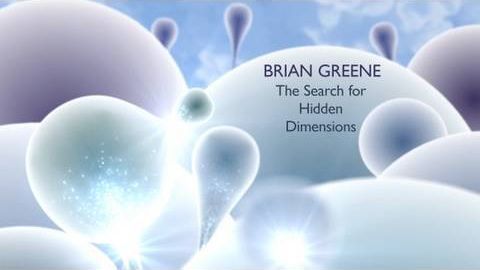ブライアン・グリーン:隠された次元の探索 (Brian Greene: The Search For Hidden Dimensions)
michaelfun が 2021 年 01 月 14 日 に投稿  この条件に一致する単語はありません
この条件に一致する単語はありませんUS /riˈælɪti/
・
UK /rɪ'ælətɪ/
- n. (c./u.)開始時刻 : 開始場所 : 開始;開始場所:開始時刻;始まり;はっとすること
- v.t./i.始める : 始まる
- v.t.(機器などを)起動する
- n. (c./u.)論点;斑点;要点;特徴;ポイント;時点;場所;要点;得点;先端;点 (小数点);縫い目
- v.i.(ある方向を)向く
- v.t.指し示す
- v.t./i.示す
エネルギーを使用
すべての単語を解除
発音・解説・フィルター機能を解除

